Studies have shown poor balance can be associated with serious health problems – as well as increased risks of falls as we get older. But there are ways to make yours better.


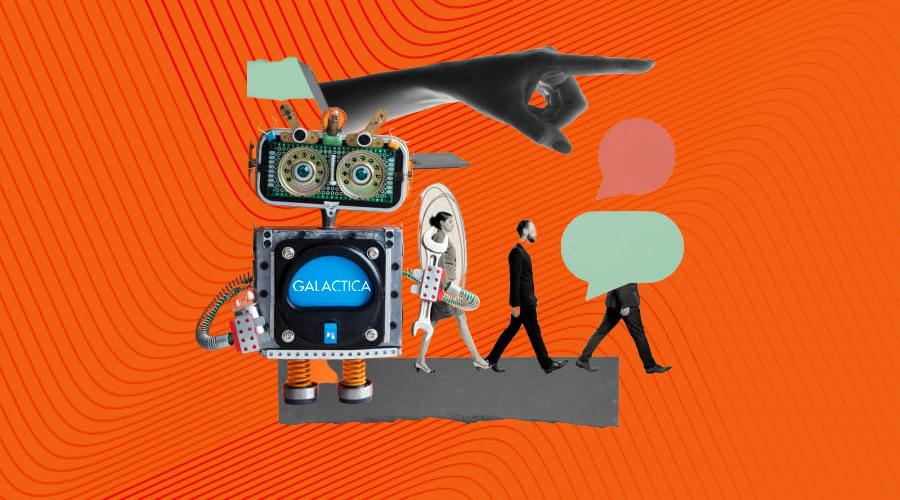
Large language models have advanced significantly in recent years (LLMs). Impressive LLMs have been revealed one after the other, beginning with OpenAI’s GPT-3, which generates exceptionally correct texts and ends with its open-source counterpart BLOOM. Language-related problems that were previously unsolvable had become simply a challenge for these systems.
All of this progress is made possible by the vast amount of data available on the Internet and the accessibility of powerful GPUs. As appealing as they may sound, training an LLM is an incredibly expensive procedure in terms of both data and technology needs. We’re talking about AI systems with billions of parameters, so feeding these models with enough data isn’t easy. However, once you do it, they give you a stunning performance.
Have you ever wondered where the development of “computing” gadgets began? Why did individuals devote so much time and energy to designing and constructing the first computers? We can presume it was not for the purpose of amusing people with video games or YouTube videos.
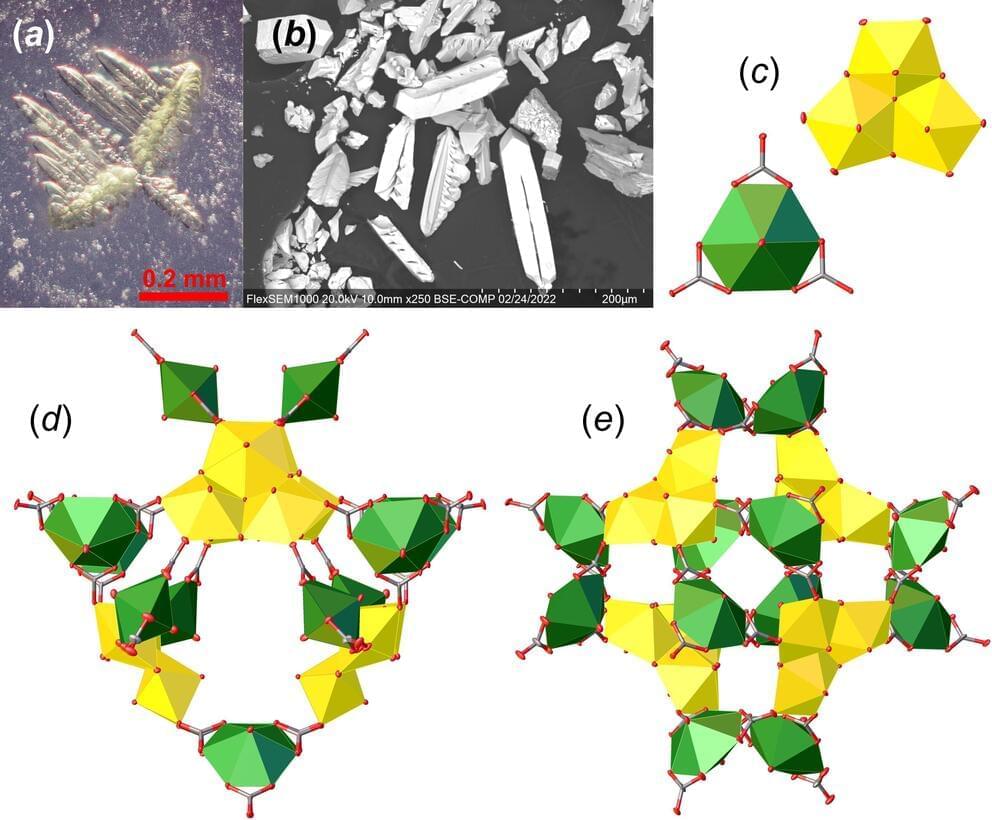
A team of scientists led by crystallographers from St Petersburg University has succeeded in synthesizing an analog of the Earth’s most structurally complex mineral, ewingite, in a laboratory. The findings of the research are published in Materials.
Ewingite is a mineral that was discovered in the mid-2010s in the abandoned Plavno uranium mine located in the Czech Republic. It is the most complex mineral known to exist on Earth. Moreover, because of the specific thermodynamic conditions required for its formation, the mineral is considered to be very rare.
The researchers managed to synthesize an analog with a composition and crystal structure similar to that of natural ewingite through a combination of low-temperature hydrothermal synthesis and room-temperature evaporation.
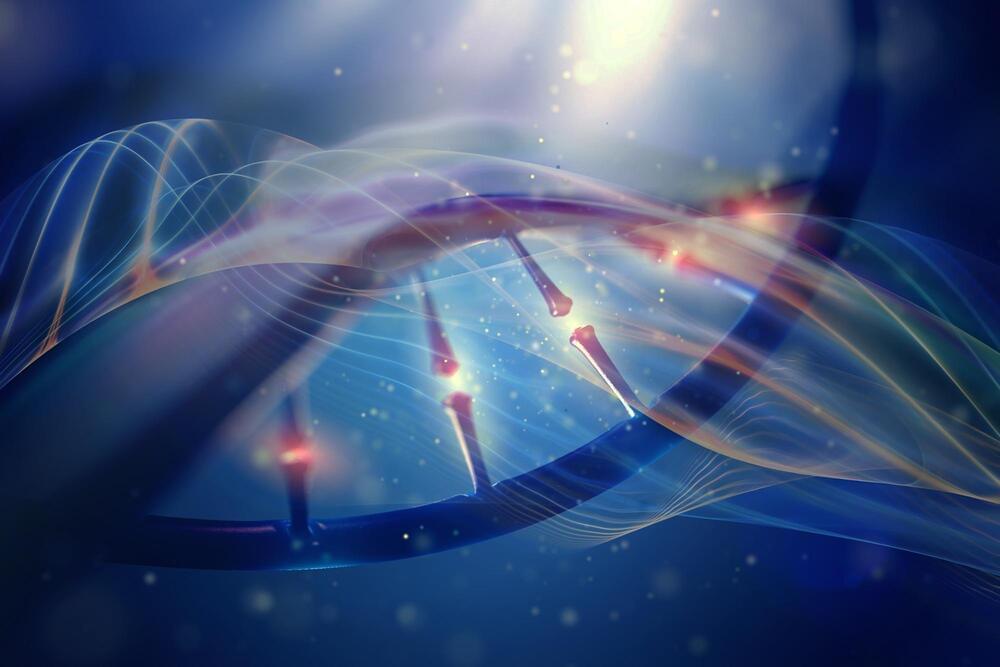
The evolution of a new species by hybridization of two previously described species with no change in chromosomal number is very unusual in the animal world. So far, only a few empirically acknowledged cases of this spontaneous mode of evolution (from one generation to the next) known as homoploid hybridization exist.
A study led by Axel Meyer, Professor of Zoology and Evolutionary Biology at the University of Konstanz, has successfully demonstrated the emergence of a new hybrid species in cichlid fishes. This is likely the first instance of this genetic speciation method in vertebrates. The researchers reveal that a new hybrid species has emerged from the cichlid A. sagittae and A. xiloaensis in the crater lake Xiloá in Nicaragua using whole genome sequencing of more than 120 individuals as well as a number of other techniques.
Their findings were recently published in the journal Nature Communications.
Get a free month of Curiosity Stream: https://curiositystream.com/isaacarthur.
Dark Matter is both the most abundant and most mysterious substance in the Universe, what properties does it have and what technologies might we create to use it in the future?
Visit our Website: http://www.isaacarthur.net.
Support us on Patreon: https://www.patreon.com/IsaacArthur.
SFIA Merchandise available: https://www.signil.com/sfia/
Facebook Group: https://www.facebook.com/groups/1583992725237264/
Reddit: https://www.reddit.com/r/IsaacArthur/
Twitter: https://twitter.com/Isaac_A_Arthur on Twitter and RT our future content.
SFIA Discord Server: https://discord.gg/53GAShE
Listen or Download the audio of this episode from Soundcloud: Episode’s Audio-only version: https://soundcloud.com/isaac-arthur-148927746/dark-matter-technologies.
Episode’s Narration-only version: https://soundcloud.com/isaac-arthur-148927746/dark-matter-te…ation-only.
Credits:
Dark Matter Technologies.
Science & Futurism with Isaac Arthur.
Episode 277, February 11, 2021
Written, Produced & Narrated by Isaac Arthur.
Editors:
Jerry Guern https://www.youtube.com/channel/UCnySNJ_gDOdRAdUXbIpxYQw.
Cover Art:
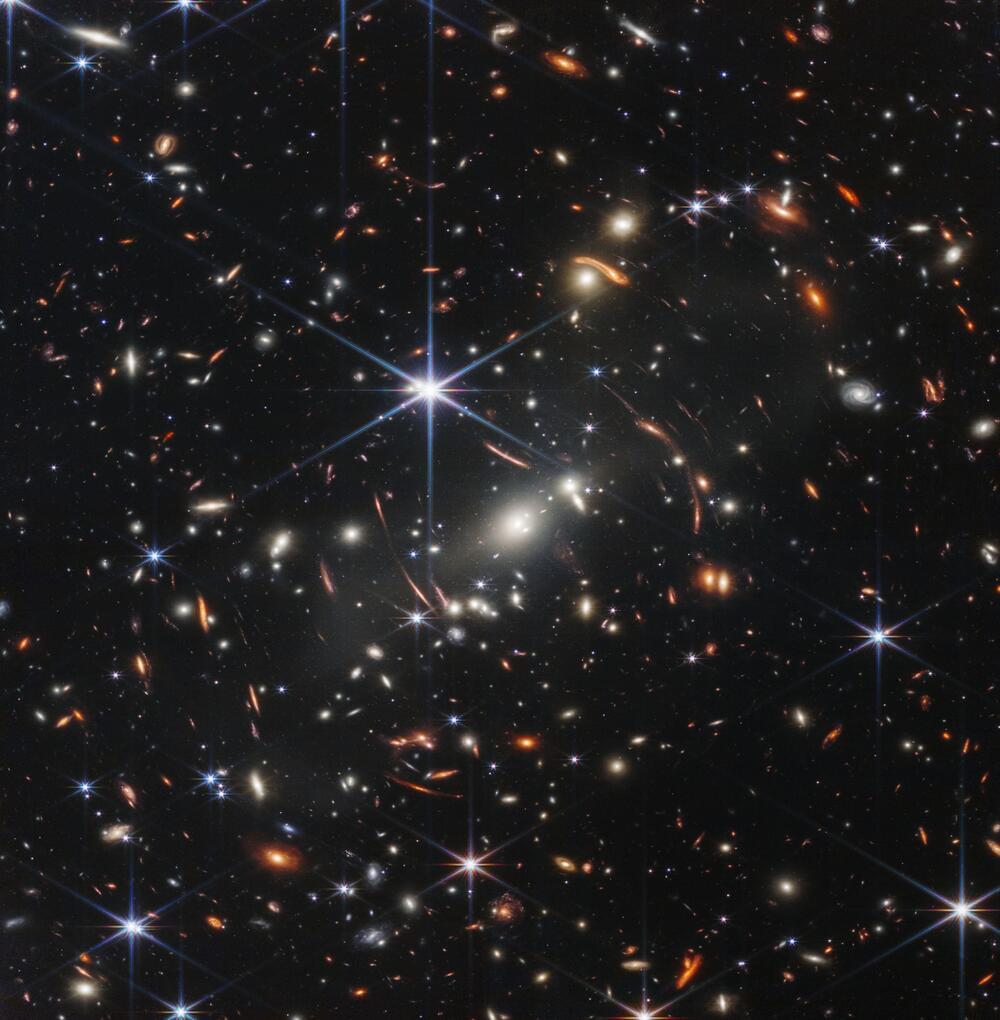
According to the Standard Model of Particle Physics, the Universe is governed by four fundamental forces: electromagnetism, the weak nuclear force, the strong nuclear force, and gravity. Whereas the first three are described by Quantum Mechanics, gravity is described by Einstein’s Theory of General Relativity. Surprisingly, gravity is the one that presents the biggest challenges to physicists. While the theory accurately describes how gravity works for planets, stars, galaxies, and clusters, it does not apply perfectly at all scales.
While General Relativity has been validated repeatedly over the past century (starting with the Eddington Eclipse Experiment in 1919), gaps still appear when scientists try to apply it at the quantum scale and to the Universe as a whole. According to a new study led by Simon Fraser University, an international team of researchers tested General Relativity on the largest of scales and concluded that it might need a tweak or two. This method could help scientists to resolve some of the biggest mysteries facing astrophysicists and cosmologists today.
The team included researchers from Simon Fraser, the Institute of Cosmology and Gravitation at the University of Portsmouth, the Center for Particle Cosmology at the University of Pennsylvania, the Osservatorio Astronomico di Roma, the UAM-CSIC Institute of Theoretical Physics, Leiden University’s Institute Lorentz, and the Chinese Academy of Sciences (CAS). Their results appeared in a paper titled “Imprints of cosmological tensions in reconstructed gravity,” recently published in Nature Astronomy.

Physicists have long struggled to explain why the Universe started out with conditions suitable for life to evolve. Why do the physical laws and constants take the very specific values that allow stars, planets, and ultimately life to develop?
The expansive force of the Universe, dark energy, for example, is much weaker than theory suggests it should be – allowing matter to clump together rather than being ripped apart.
A common answer is that we live in an infinite multiverse of Universes, so we shouldn’t be surprised that at least one Universe has turned out as ours. But another is that our Universe is a computer simulation, with someone (perhaps an advanced alien species) fine-tuning the conditions.

AI can also be of benefit in the diagnosis and treatment of patients. Tools have been created that help diagnose a patient as well as a human would.
AI isn’t a new technology—it’s been researched and developed since the 1950s and is currently present in many of our daily routines. Most of these applications are so common that we don’t even notice them.
Our lives often depend on the healthcare industry. So, having a technology that allows you to speed up patient registration processes and help diagnose more quickly and effectively is essential. Every health center should consider the use of AI for the benefit of its processes so it can adapt to the modern world and its accelerated pace.
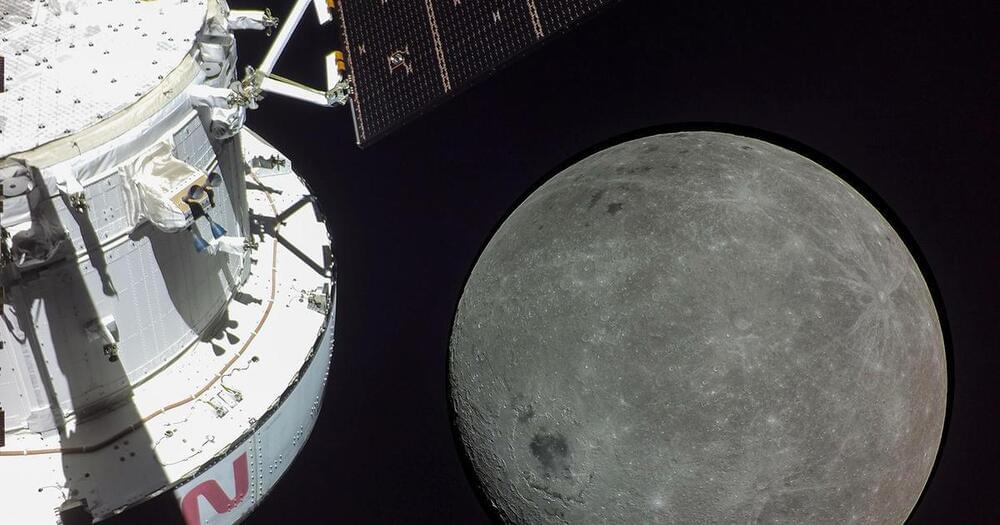
NASA’s unpiloted Orion moonship, sailing smoothly toward a remote lunar orbit after a spectacular low-altitude flyby Monday, is operating in near-flawless fashion, mission managers reported Monday, out-performing expectations on a flight to pave the way toward the first piloted mission in 2024.
An analysis of the huge Space Launch System rocket that boosted the Orion capsule on its way early Wednesday showed it performed almost exactly as expected, taking off atop 8.8 million pounds of thrust and producing a ground-shaking shock wave that literally blew the doors off launch pad elevators.
The core stage’s four upgraded space shuttle main engines and twin solid-fuel boosters propelled the 322-foot-tall rocket out of the atmosphere and into space almost exactly as planned. At main engine cutoff, the SLS was within 3 miles of its target altitude and within 5 mph of the predicted velocity.

In recent years, a growing number of scientific studies have backed an alarming hypothesis: Alzheimer’s disease isn’t just a disease, it’s an infection.
While the exact mechanisms of this infection are something researchers are still trying to isolate, numerous studies suggest the deadly spread of Alzheimer’s goes way beyond what we used to think.
One such study, published in 2019, suggested what could be one of the most definitive leads yet for a bacterial culprit behind Alzheimer’s, and it comes from a somewhat unexpected quarter: gum disease.